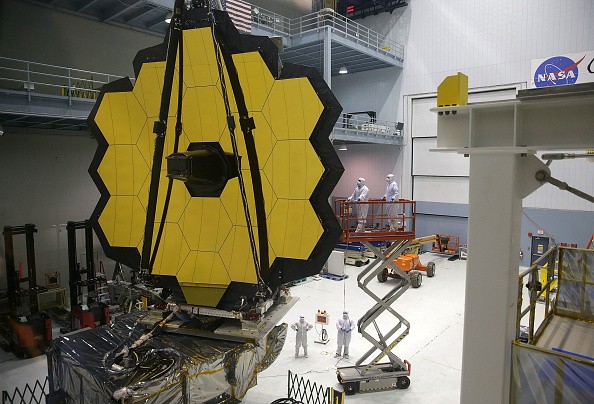The golden mirror of the James Webb Space Telescope will soon have its final test. NASA's JWST is the successor of the current Hubble Space Telescope.

This new technology is expected to be more advanced compared to its predecessor model. The United States space agency confirmed that the main goal of its James Webb Space Telescope is to capture the light emitted by the oldest stars in the universe.
However, it is still not capable of this kind of space activity since NASA scientists and developers still need to do one thing to complete the upcoming James Webb Space Telescope. To give you more idea, here's what NASA is currently doing to prepare its James Webb Space Telescope.
James Webb's Golden Mirror to Have Its Final Test
According to the BBC News' latest report, NASA's developers and other space experts have to fold the segmented reflector to fit inside the launch rocket. They also need to make sure that there would be no issue once it is in space during its final process.

Also Read : China's State Media Responds to NASA, US Scientists Over Long March 5B's Plunge Near Maldives
Because of this, the involved space experts and scientists conducted various deployment simulations. They are doing this on each wing of the James Webb Space Telescope one at a time.
"We effectively have that mirror float as it does in space. We designed [the mirror wings] to operate in space, but we have to test them on the ground - and gravity can be pretty humbling," said Scott Willoughby, the program manager of Northrop, NASA's aerospace manufacturer partner.
James Webb Space Telescope's Goal
Gadgets 360 reported that NASA's upcoming giant space telescope would specifically focus on identifying the light generated by the oldest stars in the universe. This will allow various space experts to look back in time over 13.5 billion years ago.
If this becomes successful, NASA will be able to see how the first stars and galaxies formed during the time, which is a few hundred million years after the alleged Bing Bang space event.
For more news updates about NASA and its upcoming space inventions, always keep your tabs open here at TechTimes.
This article is owned by TechTimes
Written by: Griffin Davis
ⓒ 2025 TECHTIMES.com All rights reserved. Do not reproduce without permission.




